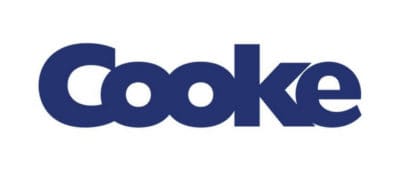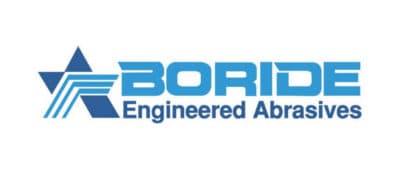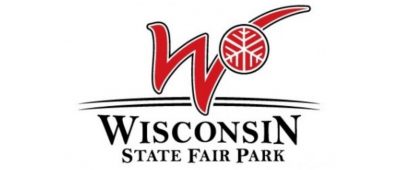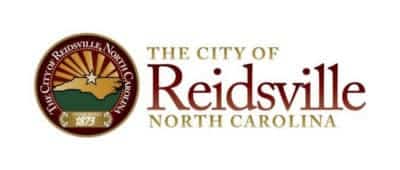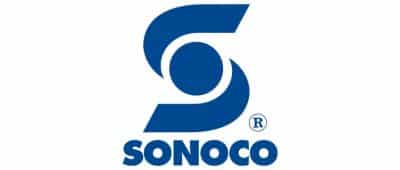Products
iMaint CMMS
Text goes here and is here for the text.Usually3 lines of text.
iMaint CMMS
Text goes here and is here for the text.Usually3 lines of text.
iMaint CMMS
Text goes here and is here for the text.Usually3 lines of text.
Products
iMaint CMMS
Text goes here and is here for the text.Usually3 lines of text.
iMaint CMMS
Text goes here and is here for the text.Usually3 lines of text.
iMaint CMMS
Text goes here and is here for the text.Usually3 lines of text.
iMaint CMMS
Text goes here and is here for the text.Usually3 lines of text.
iMaint CMMS
Text goes here and is here for the text.Usually3 lines of text.
iMaint CMMS
Text goes here and is here for the text.Usually3 lines of text.

